The 10th Infantry Division was created in October 1934 under the cover name Wehrgauleitung Regensburg to hide its violation of the Treaty of Versailles. It was renamed the 10th Infantry Division when the establishment of the Wehrmacht was announced publicly in October 1935.
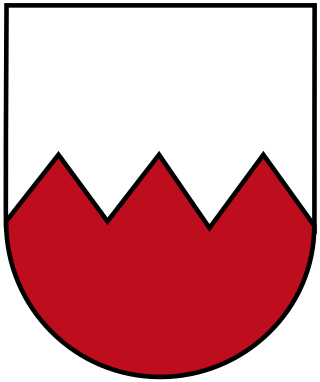
The German 73rd Infantry Division or in German 73. Infanterie-Division was a German military unit which served during World War II. The division consisted of more than 10,000 soldiers, primarily of the infantry branch, with supporting artillery. The division was only semi-motorized and relied on marching for the infantry units and horse-drawn transport for most of the support equipment, especially the artillery.

The German 23rd Infantry Division, later the 26th Panzer Division, was a military unit operational during World War II. It was organized along standard lines for a German infantry division. It was non-motorised and relied on horse-drawn wagons for its mobility. The unit carried the nickname Grenadierkopf.

The 13th Panzer Division was a unit of the German Army during World War II, established in 1940.
The 18th Infantry Division was formed on 1 October 1934 as Infantry Command III in Liegnitz and renamed the 18th Infantry Division on 15 October 1935. Mobilized in August 1939, it participated in the Invasion of Poland and in 1940 in the Battle of France. After the French campaign, the division was motorized and redesignated 18th Motorized Infantry Division on 1 November 1940 serving on the Eastern Front for the remainder of the war. In June 1943, the division was redesignated 18th Panzergrenadier Division.
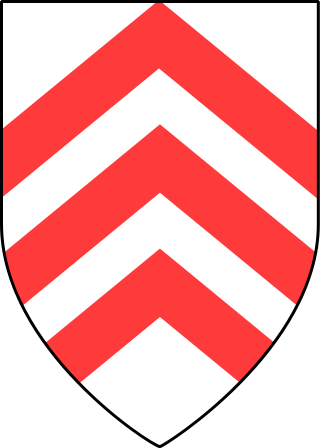
The 6th Infantry Division was a unit of the German Army during World War II.

The Courland Pocket was an area of the Courland Peninsula where Army Group North of Nazi Germany and the Reichskommissariat Ostland were cut off and surrounded by the Red Army for almost a year, lasting from July 1944 until 10 May 1945.
The 21st Infantry Division was a German military unit which fought during World War II.
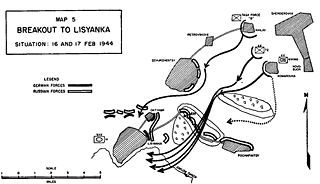
The 72nd Infantry Division was formed on 19 September 1939 in Trier from Grenz-Division Trier, a border security unit.

The 45th Infantry Division was an infantry division of the army of Nazi Germany during World War II. Towards the end of the war, the division was reassembled into a second iteration, the 45th Volksgrenadier Division

The 30th Infantry Division of the Wehrmacht was created on 1 October 1936 in Lübeck and mobilized on 26 August 1939 for the upcoming invasion of Poland. At that time, it consisted of the usual German infantry division elements: three infantry regiments of three battalions each, one three-battalion regiment of light artillery, one battalion of heavy artillery, a panzerjager (anti-tank) battalion, an aufklärungs (reconnaissance) battalion, a signals battalion, a pioneer (engineer) battalion, and divisional supply, medical, and administrative units.

The 15th Infantry Division was an infantry division of the German Army during the interwar period and World War II, active from 1934 to 1945.
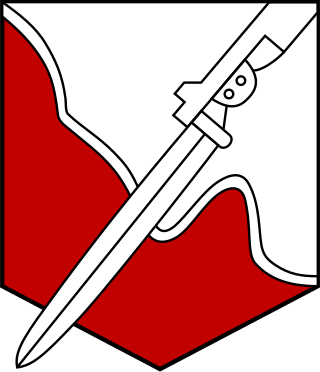
The 93rd Infantry Division was a German infantry division that was formed in the fall of 1939. The division fought in the Second World War in both the Battle of France and on the Eastern Front. It was ultimately destroyed by the Red Army in March 1945 while defending East Prussia.
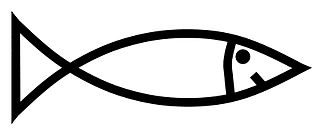
The 35th Infantry Division was a German Army infantry division in World War II.

The 96th Infantry Division was a German division deployed during World War II. It was formed on 25 September 1939 in Bergen as part of the 5th wave (aufstellungswelle).

The 50th Infantry Division was a German division in World War II. It was formed on 26 August 1939 from the Grenzkommandantur Küstrin.
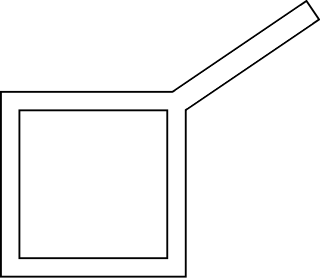
The 122nd Infantry Division was a German infantry division in World War II. It was formed on 5 October 1940 as part of the 11th wave.
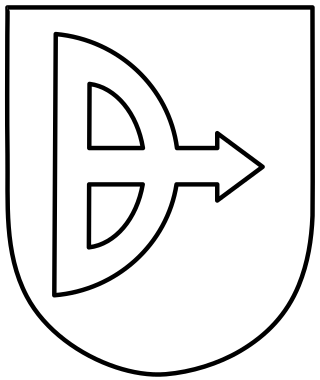
The 95th Infantry Division was a German division in World War II. It was formed on 19 September 1939 in Wildflecken and Hammelburg.

XXXXII Army Corps was a corps in the German Army during World War II.
The 343rd Infantry Division was an infantry division of the German Heer during World War II.
This page is based on this
Wikipedia article Text is available under the
CC BY-SA 4.0 license; additional terms may apply.
Images, videos and audio are available under their respective licenses.
















